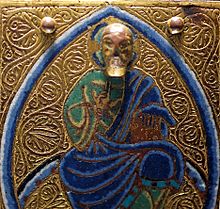
The Zoo Zürich is a zoo located in Zürich, Switzerland. It is considered one of the best zoos in Europe. Opened in 1929, it is the third oldest zoo in Switzerland and it accumulated a collection of 2,200 specimens of 300 species by its seventy-fifth year. It is located on Zürichbergstrasse, on the lower reaches of the Zürichberg in the Fluntern quarter.
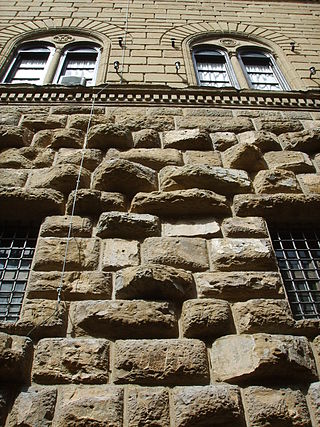
Rustication is a range of masonry techniques used in classical architecture giving visible surfaces a finish texture that contrasts with smooth, squared-block masonry called ashlar. The visible face of each individual block is cut back around the edges to make its size and placing very clear. In addition the central part of the face of each block may be given a deliberately rough or patterned surface.

Rabbitfishes or spinefoots, genus Siganus, are perciform fishes in the family Siganidae. It is the only extant genus in its family and has 29 species. In some now obsolete classifications, the species having prominent face stripes—colloquially called foxfaces–are in the genus Lo. Other species, such as the masked spinefoot, show a reduced form of the stripe pattern. Rabbitfishes are native to shallow waters in the Indo-Pacific, but S. luridus and S. rivulatus have become established in the eastern Mediterranean via Lessepsian migration. They are commercially important food fish, and can be used in the preparation of dishes such as bagoong.
The fauna of Maine include several diverse land and aquatic animal species, especially those common to the North Atlantic Ocean and deciduous forests of North America. Some of these creatures' habitats has been reduced or fully removed.
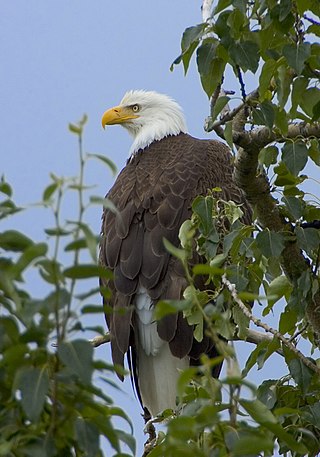
The fauna of the United States of America is all the animals living in the Continental United States and its surrounding seas and islands, the Hawaiian Archipelago, Alaska in the Arctic, and several island-territories in the Pacific and in the Caribbean. The U.S. has many endemic species found nowhere else on Earth. With most of the North American continent, the U.S. lies in the Nearctic, Neotropic, and Oceanic faunistic realms, and shares a great deal of its flora and fauna with the rest of the American supercontinent.

The undulated tinamou is a species of ground bird found in a wide range of wooded habitats in eastern and northern South America.

The fauna of Europe is all the animals living in Europe and its surrounding seas and islands. Europe is the western part of the Palearctic realm. Lying within the temperate region, the wildlife is not as rich as in the hottest regions, but is nevertheless diverse due to the variety of habitats and the faunal richness of Eurasia as a whole.

The Pharaoh eagle-owl is a Middle Eastern and North African species of owl in the family Strigidae.

The Cape eagle-owl is a species of owl in the family Strigidae. It is one of several large species of the eagle-owl genus Bubo.
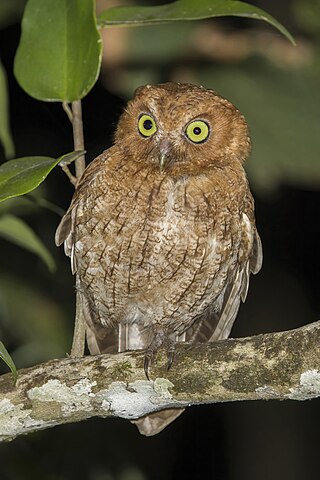
The Middle American screech owl, also known as the Guatemalan screech owl, is a species of owl in the family Strigidae. It is found from northern Mexico to western Panama.

The vermiculated fishing owl is a species of owl in the family Strigidae. It is found within riverine forest in Angola, Cameroon, Central African Republic, Republic of the Congo, Democratic Republic of the Congo, Gabon, and Nigeria. This species was first described by British zoologist Richard Bowdler Sharpe in 1875 and named in honour of French naturalist Eugène Louis Bouvier.
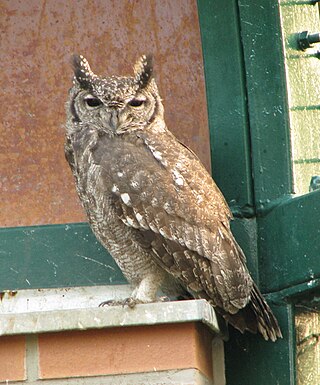
The greyish eagle-owl or vermiculated eagle-owl is a rather large owl of the northern part of sub-Saharan Africa. It was previously regarded as the northern subspecies of the spotted eagle-owl.

Mkhambathi Nature Reserve is a protected area at Lusikisiki in the Eastern Cape, South Africa. It is 7,720 hectares, with the Pondoland Marine Protected Area off its coastal edge. The reserve is located in the Pondoland Centre of Plant Endemism and the greater Maputaland–Pondoland–Albany Hotspot, and is covered in open grassland, dotted with patches of indigenous forest, swamp forests and flanked by the forested ravines of the Msikaba and Mtentu rivers.
T. vermicularis may refer to:

The fauna of Italy comprises all the animal species inhabiting the territory of the Italian Republic and its surrounding waters. Italy has one of the highest levels of faunal biodiversity in Europe, with over 57,000 species recorded, representing more than a third of all European fauna. This is due to various factors. The Italian peninsula is in the centre of the Mediterranean Sea, forming a corridor between central Europe and North Africa, and it has 8,000 km (5,000 mi) of coastline. Italy also receives species from the Balkans, Eurasia, and the Middle East. Italy's varied geological structure, including the Alps and the Apennines, Central Italian woodlands, and Southern Italian Garigue and Maquis shrubland, also contribute to high climate and habitat diversity.

Clavaria fragilis, commonly known as fairy fingers, white worm coral, or white spindles, is a species of fungus in the family Clavariaceae. It is synonymous with Clavaria vermicularis. The fungus is the type species of the genus Clavaria and is a typical member of the clavarioid or club fungi. It produces tubular, unbranched, white basidiocarps that typically grow in clusters. The fruit bodies can reach dimensions of 15 cm (5.9 in) tall by 0.5 cm (0.2 in) thick. Clavaria fragilis is a saprobic species, growing in woodland litter or in old, unimproved grassland. It is widespread throughout temperate regions in the Northern Hemisphere, but has also been reported from Australia and South Africa. The fungus is edible, but insubstantial and flavorless. There are several other small white coral-like fungi with which C. fragilis may be confused.

The foothill screech owl is a species of owl in the family Strigidae. It is found in Bolivia, Brazil, Colombia, Ecuador, Guyana, Suriname, and Venezuela.
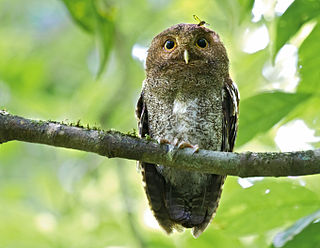
The vermiculated screech owl, is a subspecies, or possibly separate species, of owl in the family Strigidae. It is found in Costa Rica, Nicaragua, and Panama.

The vermiculated spinefoot, also known as maze rabbitfish, scribbled spinefoot or vermiculate rabbitfish, is a species of marine ray-finned fish, a rabbitfish belonging to the family Siganidae. Like all rabbitfishes, it has venomous spines on the dorsal, anal, and pelvic fins. It is a reef associated fish species of the Indo-West Pacific region. It is a common commercially important fish in many tropical countries.

